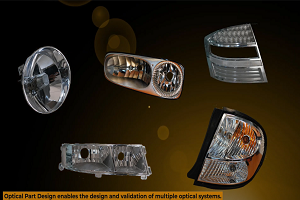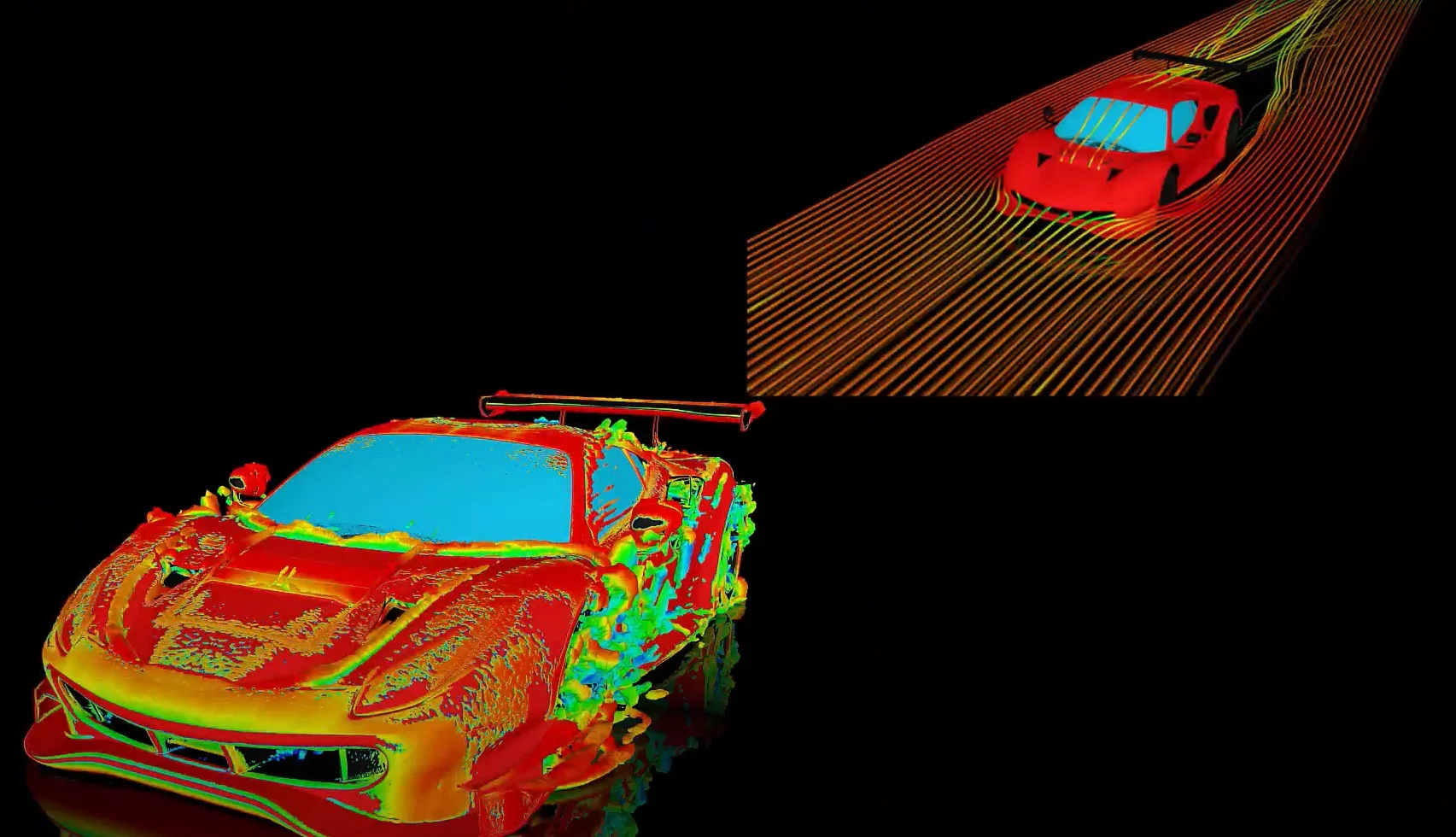Is there a way to extract acceleration frequency response in a harmonic analysis directly from Mechanical APDL?
-
-
April 5, 2023 at 2:33 pm
 FAQParticipant
FAQParticipantThe only way to get acceleration frequency response in Mechanical APDL is to derive it from the nodal displacements using NSOL and PROD commands in /POST26 (e.g., multiply displacements by 2*pi*freq (i) to get velocity). Velocity and acceleration in harmonic analysis are not stored in the result file, so the user needs to obtain the nodal displacement using the NSOL and PROD commands. The reason we do not store velocities and acceleration in a harmonic analysis is because in Mechanical APDL we would like to be efficient in writing the result file and avoid storing dependent variables to save space. Also, it is just one additional line of code to calculate the velocity or acceleration variable in post26. (In Workbench Mechanical, when acceleration frequency response plot is added in the results, we are just calculating acceleration using nodal displacement post solution.) Additional Note: Since ANSYS performs a smoothing operation on accelerations in a transient analysis, they are stored by the solver (see OUTRES command) and can be obtained using the NSOL command directly.
-


Introducing Ansys Electronics Desktop on Ansys Cloud
The Watch & Learn video article provides an overview of cloud computing from Electronics Desktop and details the product licenses and subscriptions to ANSYS Cloud Service that are...

How to Create a Reflector for a Center High-Mounted Stop Lamp (CHMSL)
This video article demonstrates how to create a reflector for a center high-mounted stop lamp. Optical Part design in Ansys SPEOS enables the design and validation of multiple...

Introducing the GEKO Turbulence Model in Ansys Fluent
The GEKO (GEneralized K-Omega) turbulence model offers a flexible, robust, general-purpose approach to RANS turbulence modeling. Introducing 2 videos: Part 1 provides background information on the model and a...

Postprocessing on Ansys EnSight
This video demonstrates exporting data from Fluent in EnSight Case Gold format, and it reviews the basic postprocessing capabilities of EnSight.

- How to setup Initial, Minimum and Maximum time step in Transient analysis?
- How to define variable thickness shell elements in ANSYS Mechanical? Is there any verification example of the variable thickness shell modal analysis available?
- In Workbench Mechanical, how can I obtain strain energy output for Modal analysis?
- In a random vibration analysis, what is “GRMS” and how can it be calculated?
- How to apply application-based settings to improve the performance and robustness of transient structural analyses?
- Why is damped frequency is lower than undamped frequency with viscous damping but larger with structural damping?
- How to include effect of bolt pretension in a modal analysis?
- In the results of a modal analysis, how can I define that a frequency is an output parameter ?
- Presentation on shock analysis using response spectrum and transient dynamics
- How can I specify acceleration at a node? Could I use the ‘big mass method’?

© 2025 Copyright ANSYS, Inc. All rights reserved.

